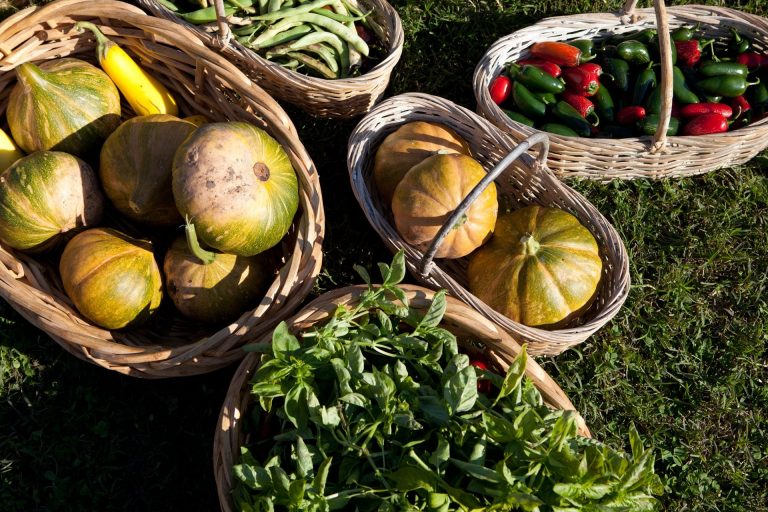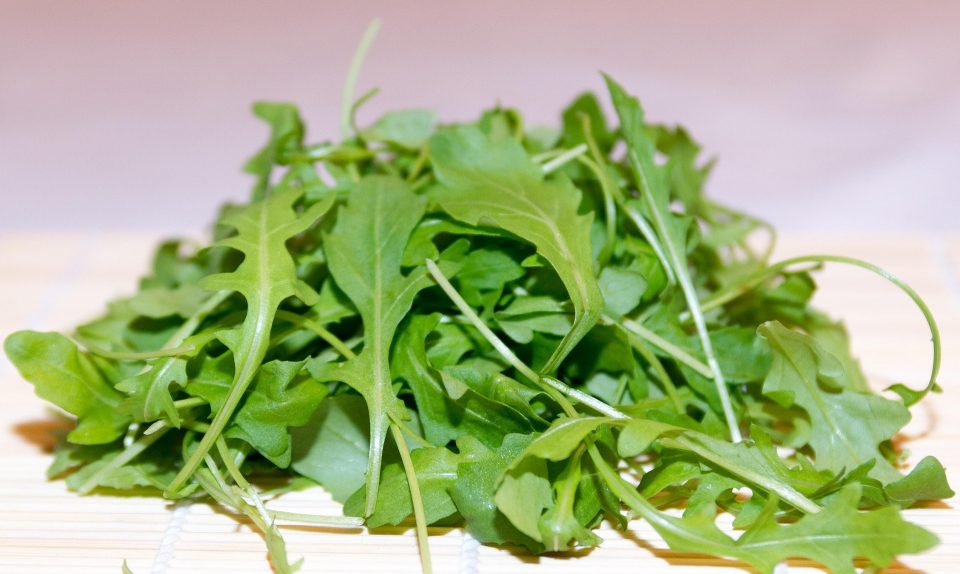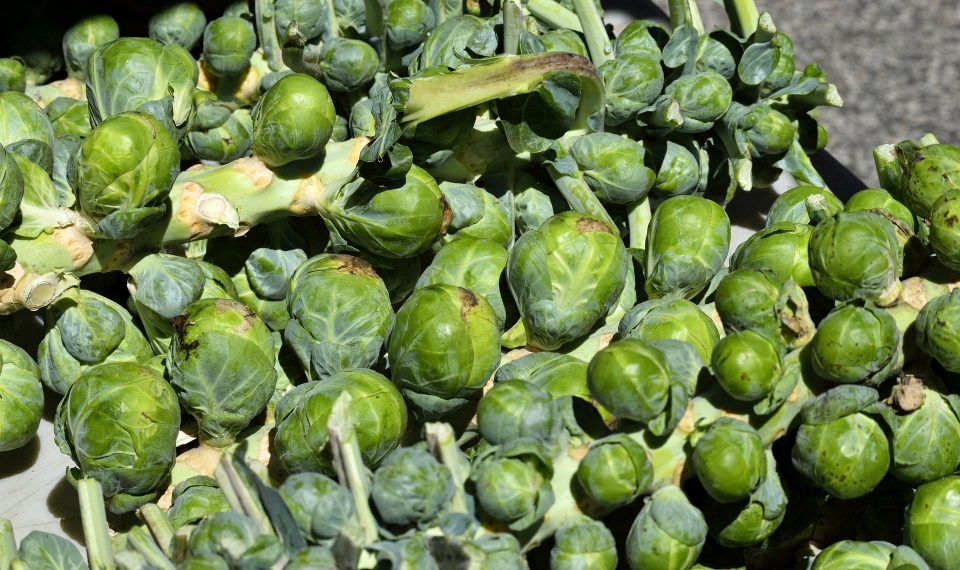Fall Garden: Savor the Flavor

The approach of Autumn presents many fall garden opportunities. Hopefully you’re planning well in advance. But if not, that’s okay too because some plants can be ready quickly. Maybe late summer/early fall snuck up on you.
One great benefit from cool fall weather is that many plants become sweeter and more flavorful. Frost has a funny way of making cold-tolerant vegetables produce sugars, causing them to taste sweeter.
If you’re trying to capitalize on this, then let’s talk about how to plan things out. Listed below are several plants that are great for fall gardens. But first, let’s discuss a few practical ways to determine when to sow.
Planning By First Freeze
When planning your fall garden, a good starting point is to check when the average first freeze in your area is. The map below is from the National Weather Service and gives a good estimate. For more details on your area, go to the website and enter your zip code.

Once you have an approximate timeframe on the first freeze, you can work backward to plan out your crops. For a fall garden, it is best to choose crops that are cold tolerant. Planting things like peppers at this point isn’t a good idea as one freezing night could kill everything.
The reason for being aware of the first frost is because you want to plan for harvesting around this time or shortly thereafter. Remember, that’s when the sweetness occurs.
Some crops, however, are very cold tolerant and can be harvested well beyond the first frost. Just try to have your plants at somewhat mature level by that time to reduce the chances of them dying from it.
Shorter Days To Maturity
Also known as “days to harvest,” this is the approximate time it takes for your plants to start from seed until they are ready to be picked. The plants below are common fall vegetables with short times until harvest.
Bear in mind, many of these that say 30 days mean that is the *earliest* to attempt a harvest. For example, spinach leaves would be baby size.
Spinach
Ready in: 30-45 days
Radishes
Ready in: 30-40 days
Arugula (aka Rocket)
Ready in: 30 days
Bok Choy/Pak Choy
Ready in: 30-40 days
Lettuces
Ready in: 30 days depending on variety.
Kale
Ready in: 30 days to baby leaves, 60 days to full maturity.
Mustard Greens
Ready in: 30 days to baby leaves, 60 days to full maturity.
Green Onions
Ready in: 30-45 days
Swiss Chard
Ready in: 45 days for young leaves.
Turnips
Ready in: 30 days for greens, 60 days for roots.



Longer Days to Maturity
If you’re not in such a hurry, these plants can be planned for in advance. When planning make sure you have the space requirements for everything, keeping in mind that you’ll probably still have summer crops in the ground.
Beets
Ready in: 45-65 days
Broccoli
Ready in: 85-100 days
Brussel Sprouts
Ready in: 85-100 days
Cauliflower
Ready in: 70-120 days
Cabbage
Ready in: 100 days
Carrots
Ready in: 65 days
Peas (Sugar Snap)
Ready in: 60 days
Parsley
Ready in: 70-90 days
Kohlrabi
Ready in: 65 days
Garlic
Ready in: 90 days
Leeks
Ready in 120 days



Plan Your Fall Garden

By now that you have a good idea of plant time frames to work with. You can easily put together a schedule for when to plant what.
One of the benefits of all these different ready dates is that you don’t have to do everything at once. Planning ahead can allow you to break up the work into manageable working times.
No doubt, the end of summer and early fall tend to be a very busy time for most people. Kids are going back to school, people are trying to squeeze in their last bit of summer fun before the weather changes. And on top of all that, there seems to be no shortage of local events you may want to attend.
This is another reason why planning ahead can be very beneficial. If you haven’t already, let me encourage you to make a spreadsheet of what and when to plant. Add planting dates to your calendar so that you aren’t caught off guard.
Additional Planning

Taking time to plan gardening days well in advance also means you don’t have to do all the work at once. That’s great for when something else inevitably comes up.
Let me encourage you to do some extra research on each individual plant you choose. You may need to do some seed starting indoors. Besides each plant having their own specific needs, there are even individual varieties within each type.
For example, there are many varieties of kale. Some varieties are even more cold tolerant than others.
Depending on where you live the cold may not be such a bother. But if you live up north like me, it would be wise to look into this subject. If you’re feeling scientific and have space, try experimenting with several varieties to find which works (and tastes) best.
Think You're Too Late?
If this article caught you too late for planning ahead, then planting some of the quicker growing crops listed above ASAP may still bring you some extra harvest. Better still, you can begin working on plans for next year’s fall planting schedule.
Keep in mind that most of the crops listed are cold-tolerant and can survive below freezing temperatures. Some of them are very hardy and might survive most of the winter depending on where you live.
Good luck with your fall garden and happy planting!
If you enjoyed this article please don’t hesitate to share. Subscribe to our email list for more tips from Grow To Save!

How do I grow Marijuana?
I don’t know. But if you figure it out, let me know!